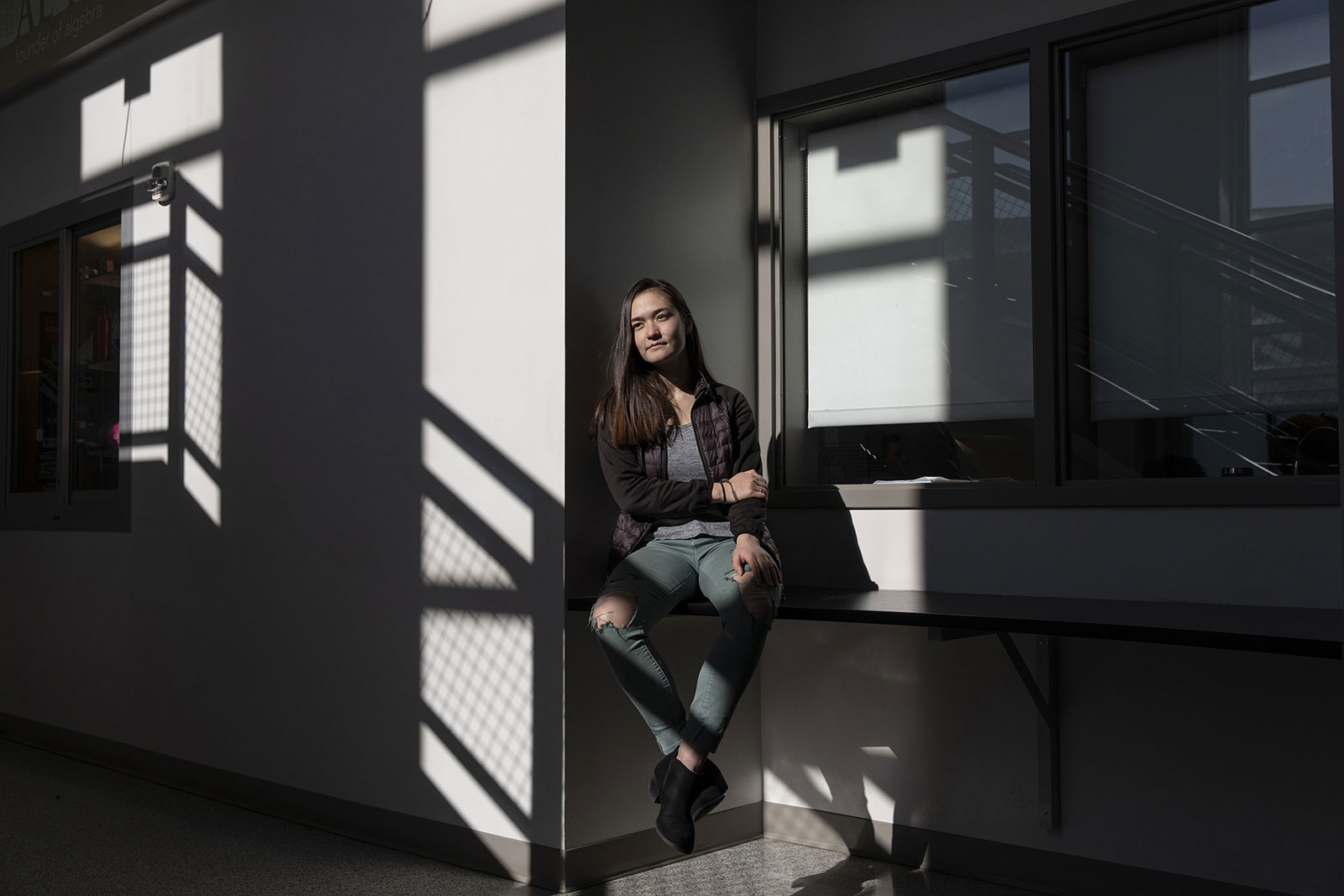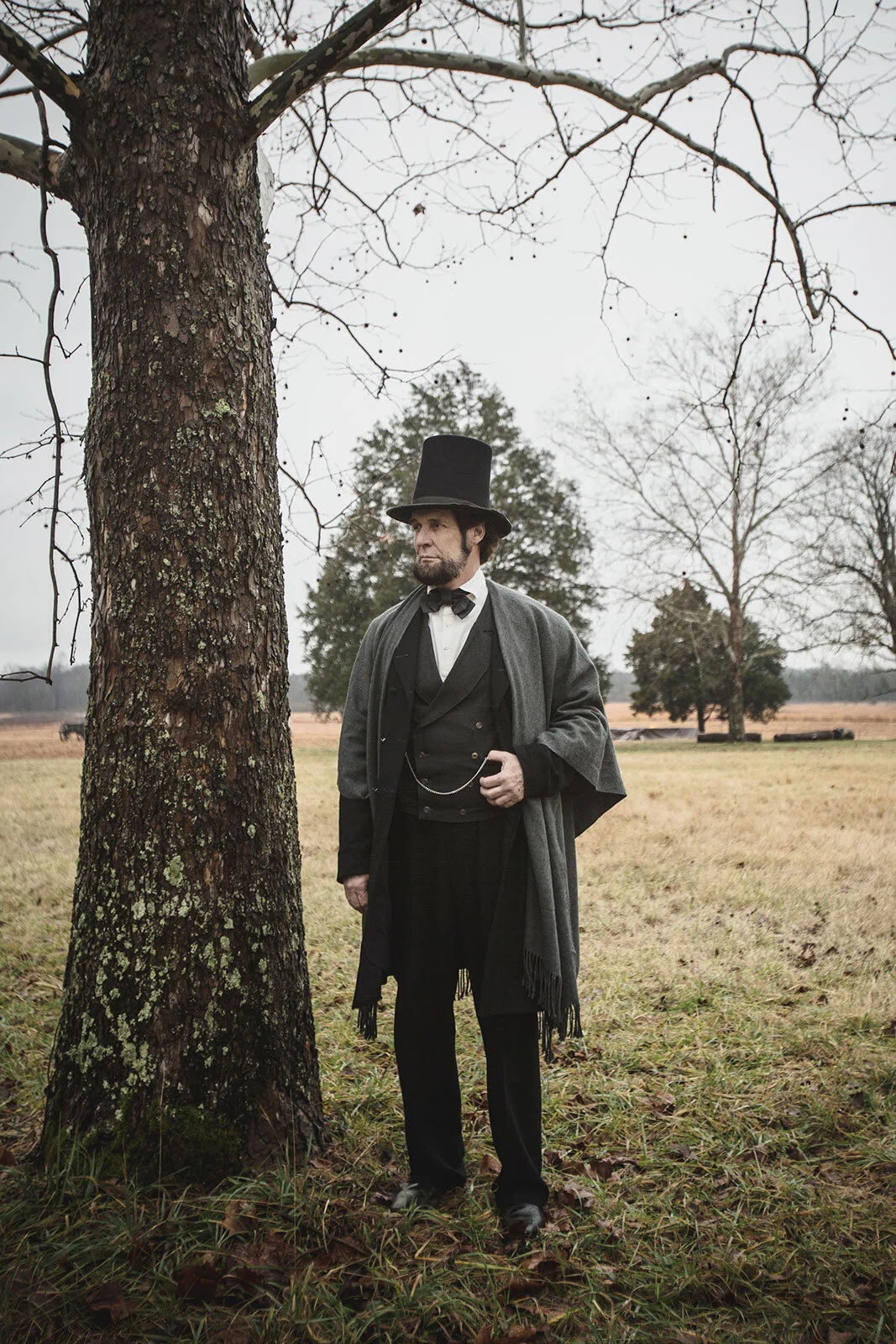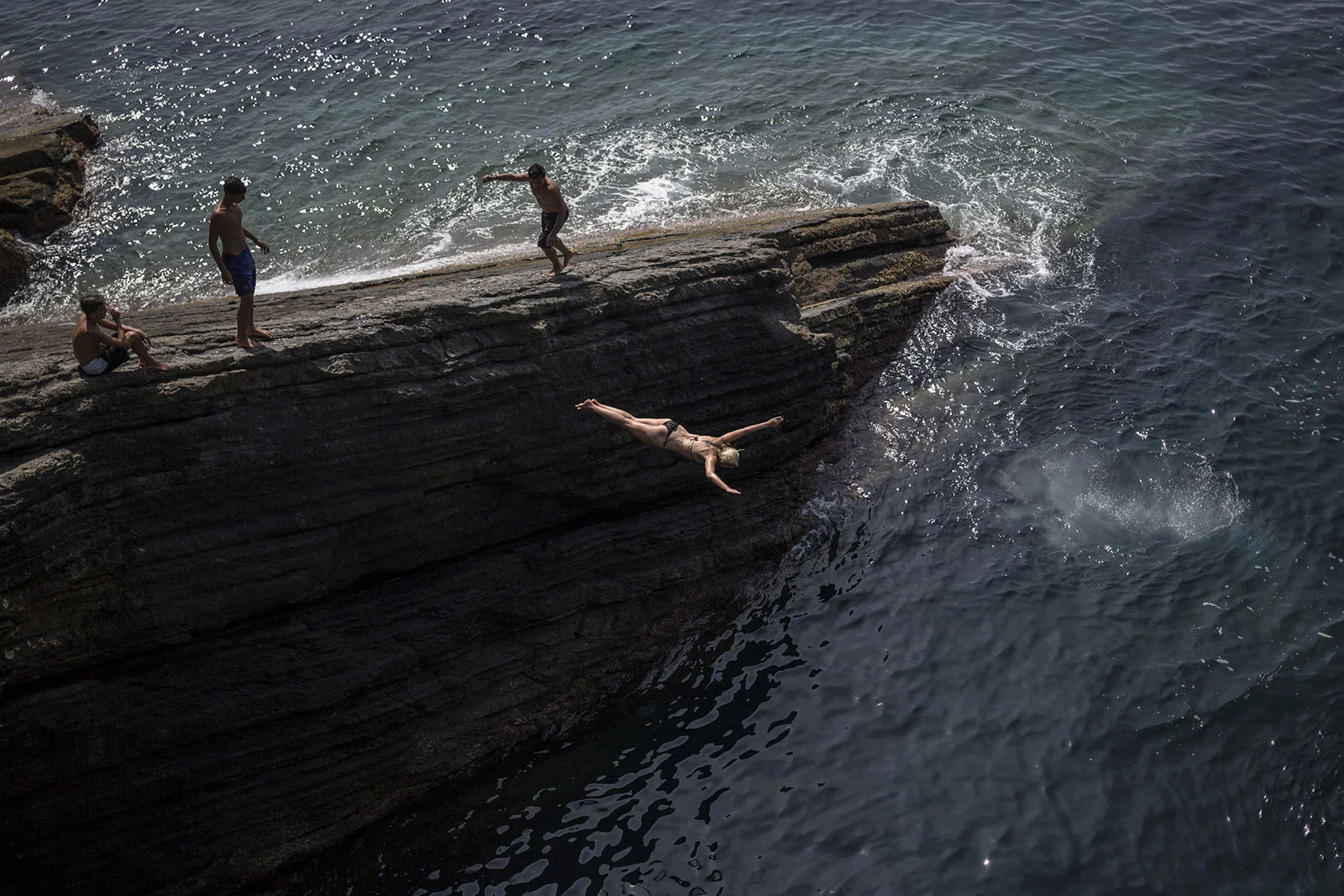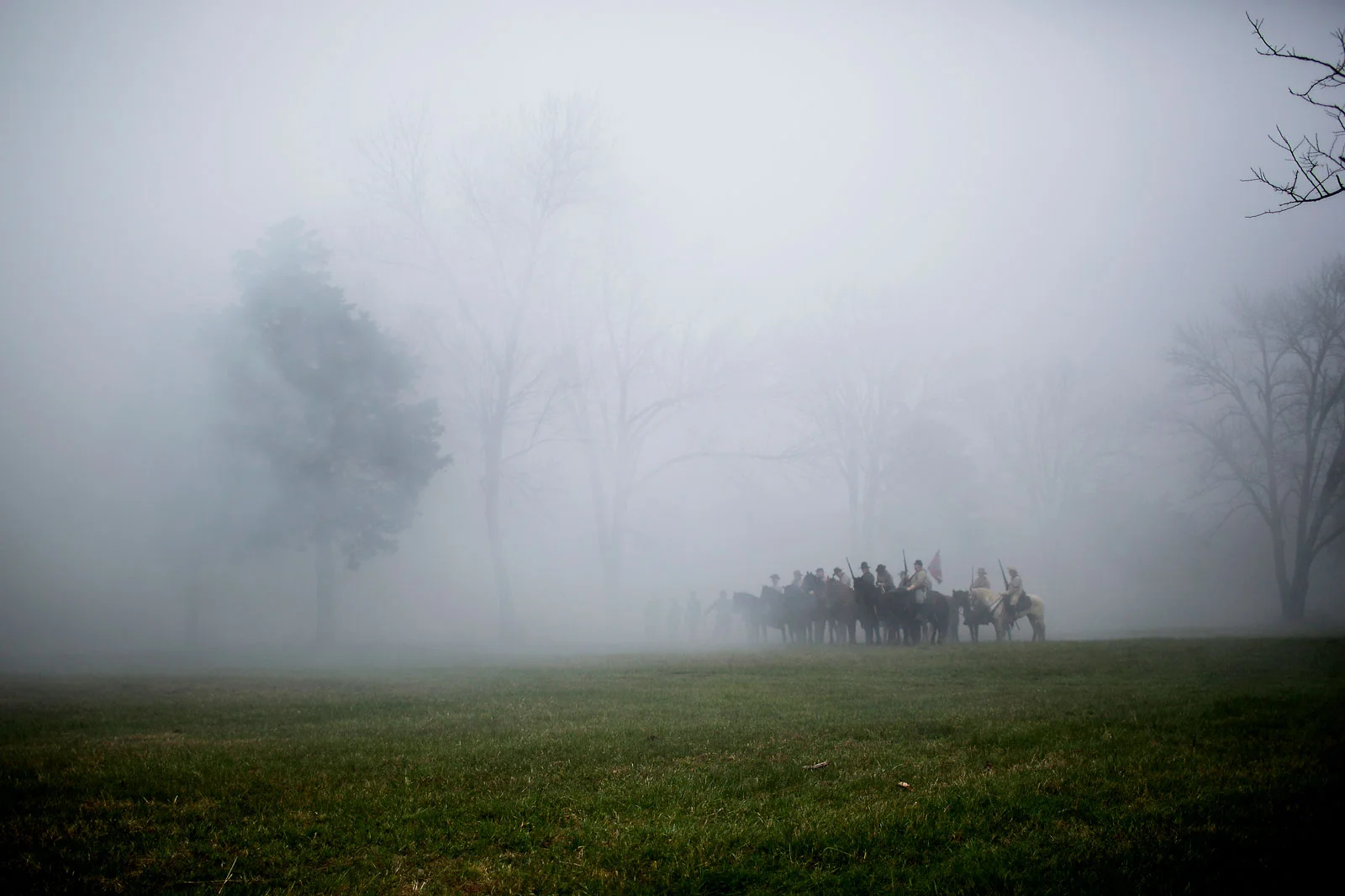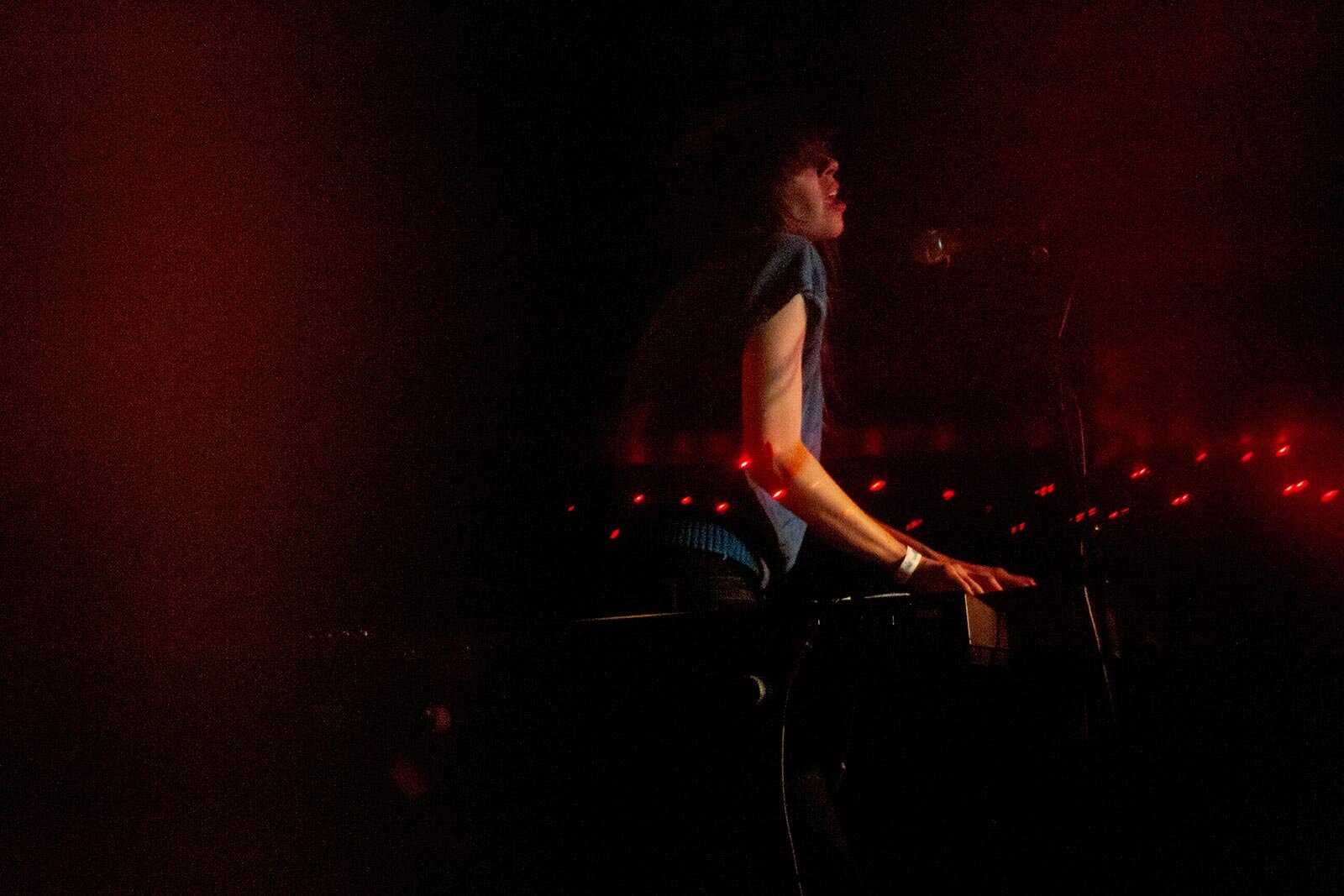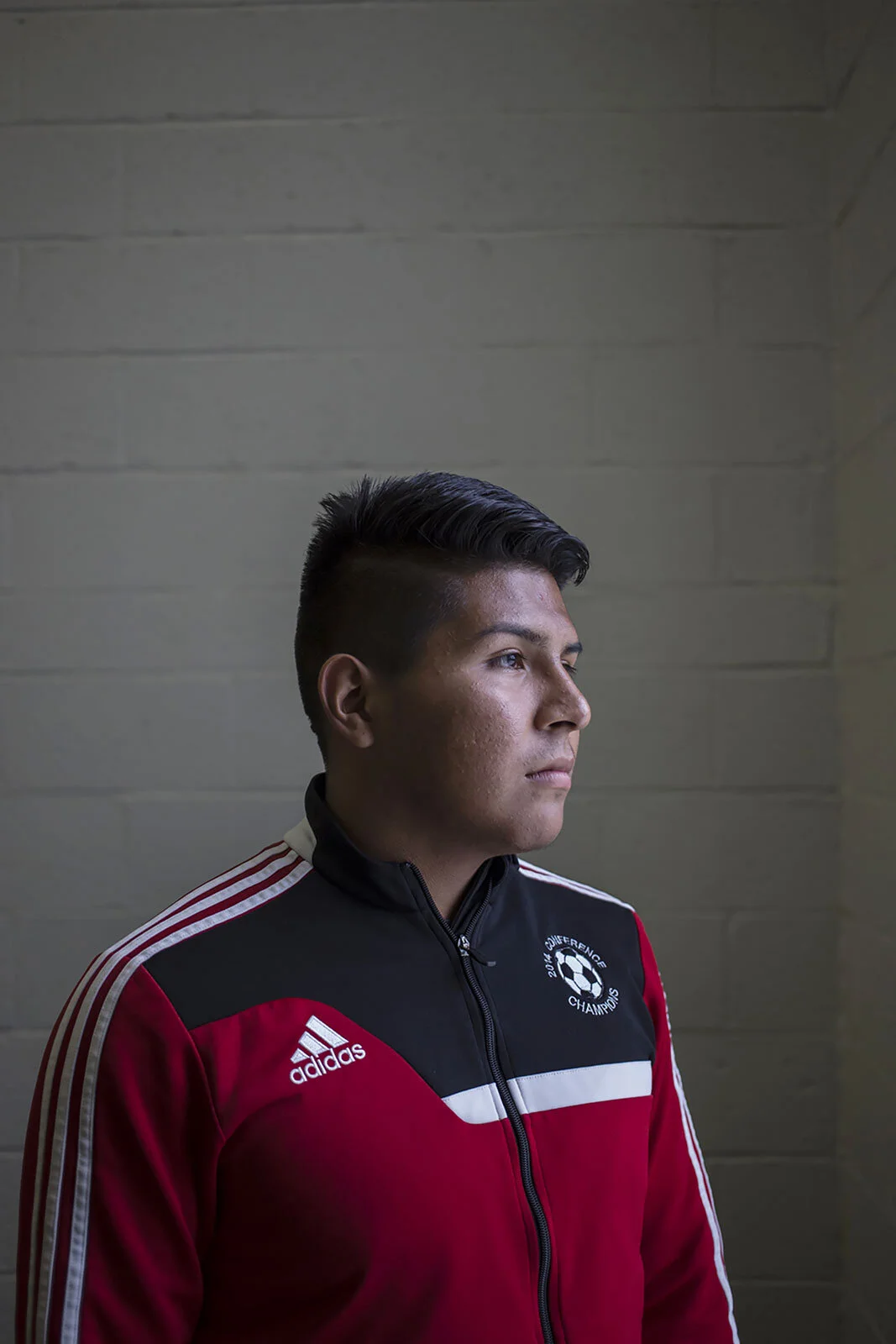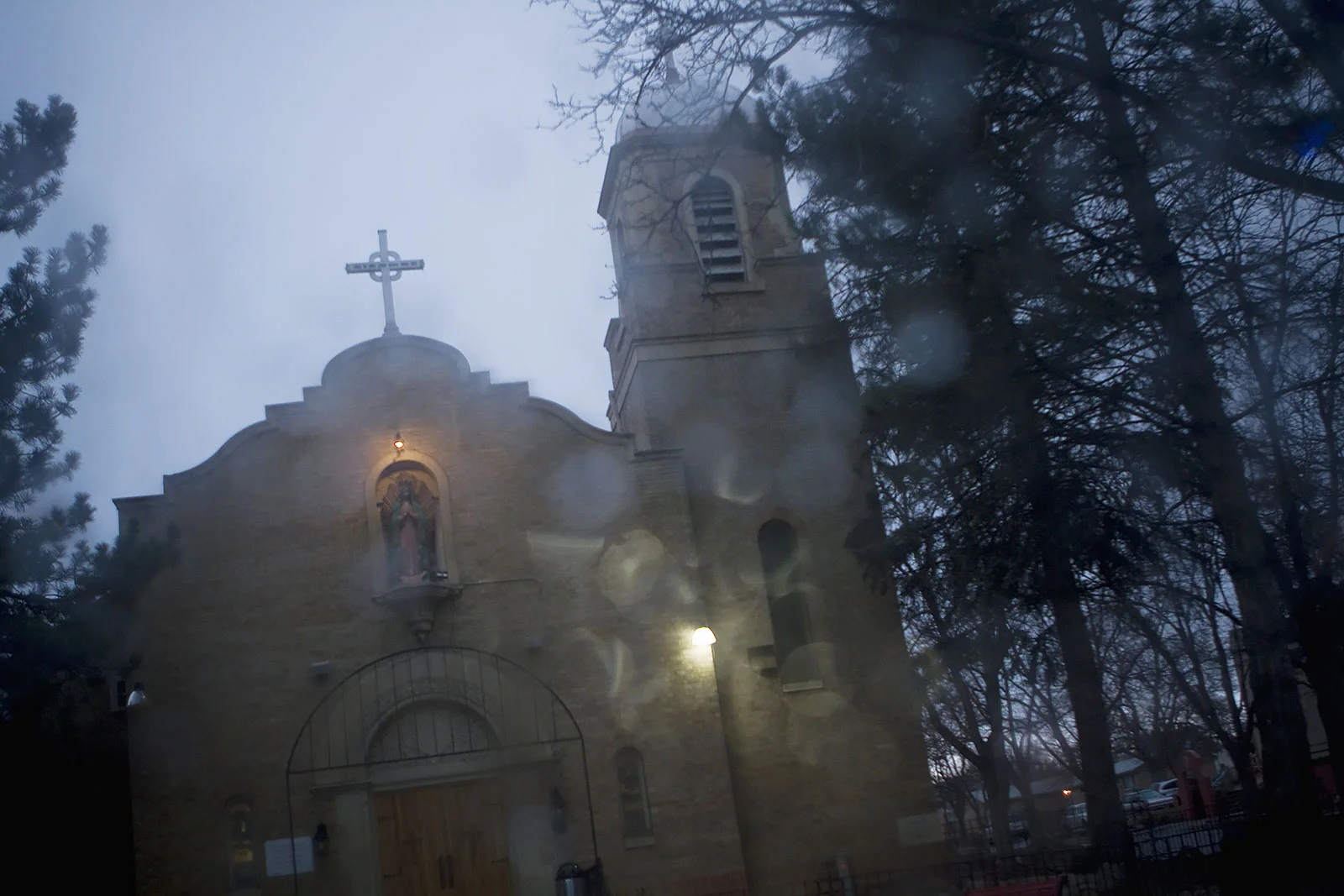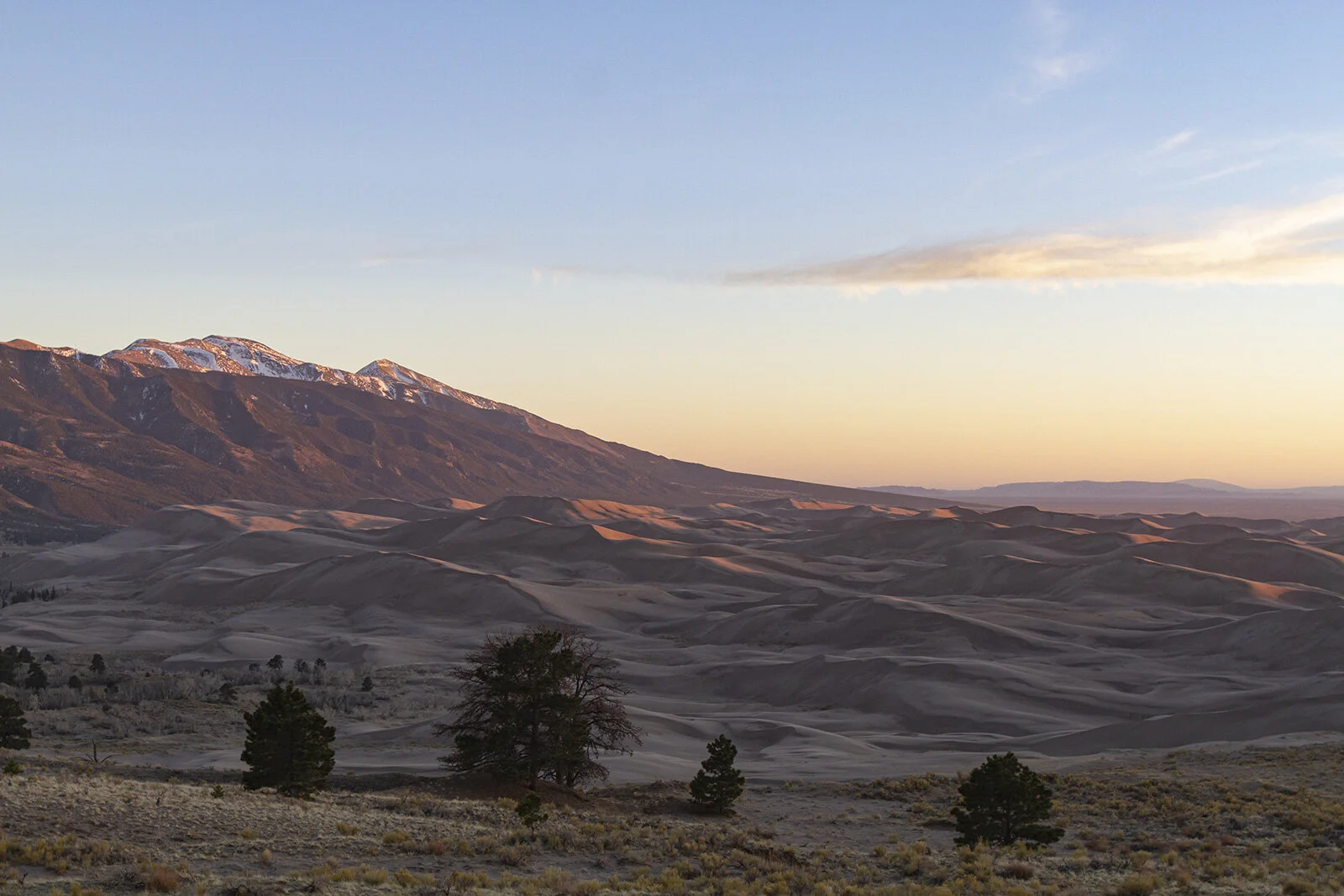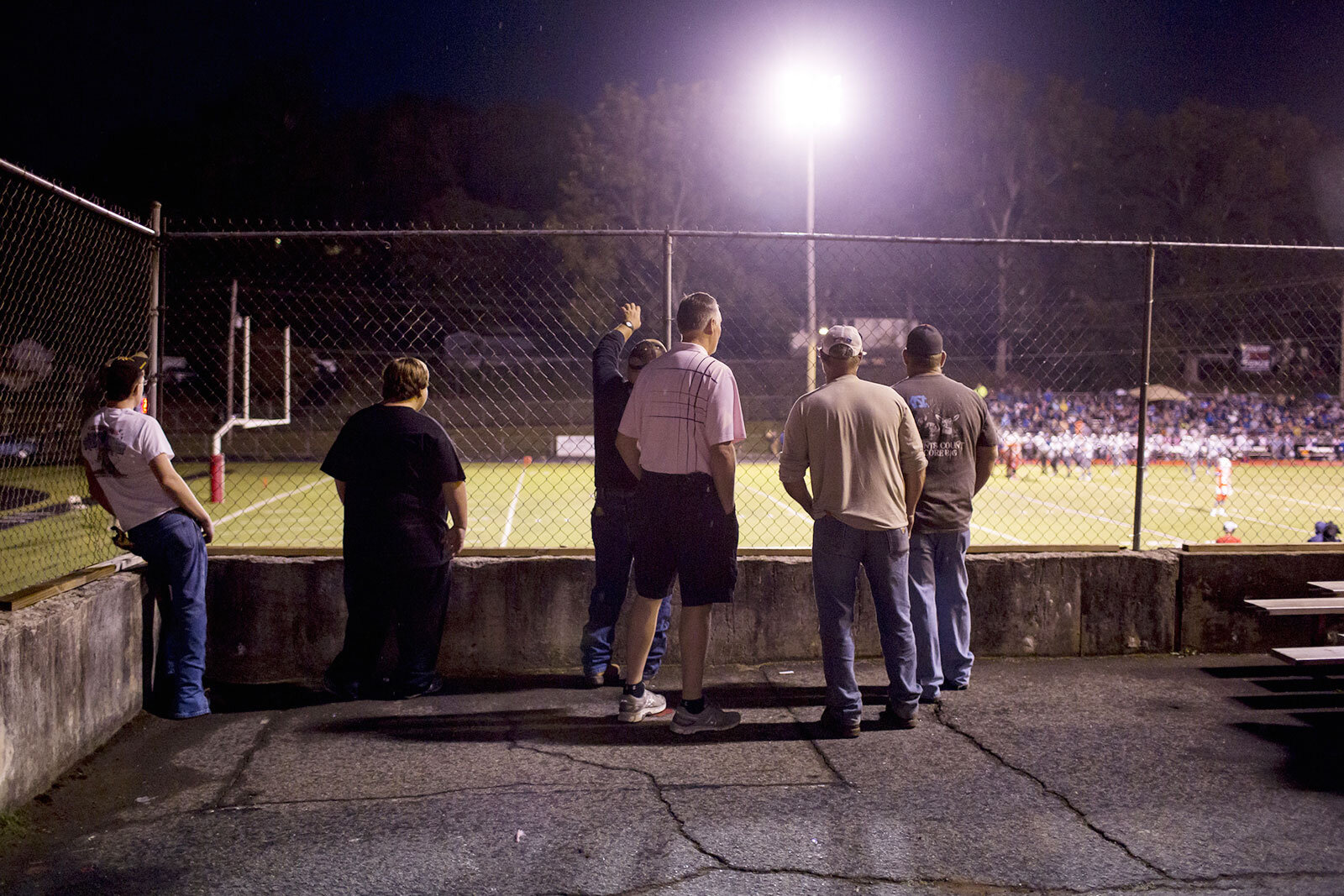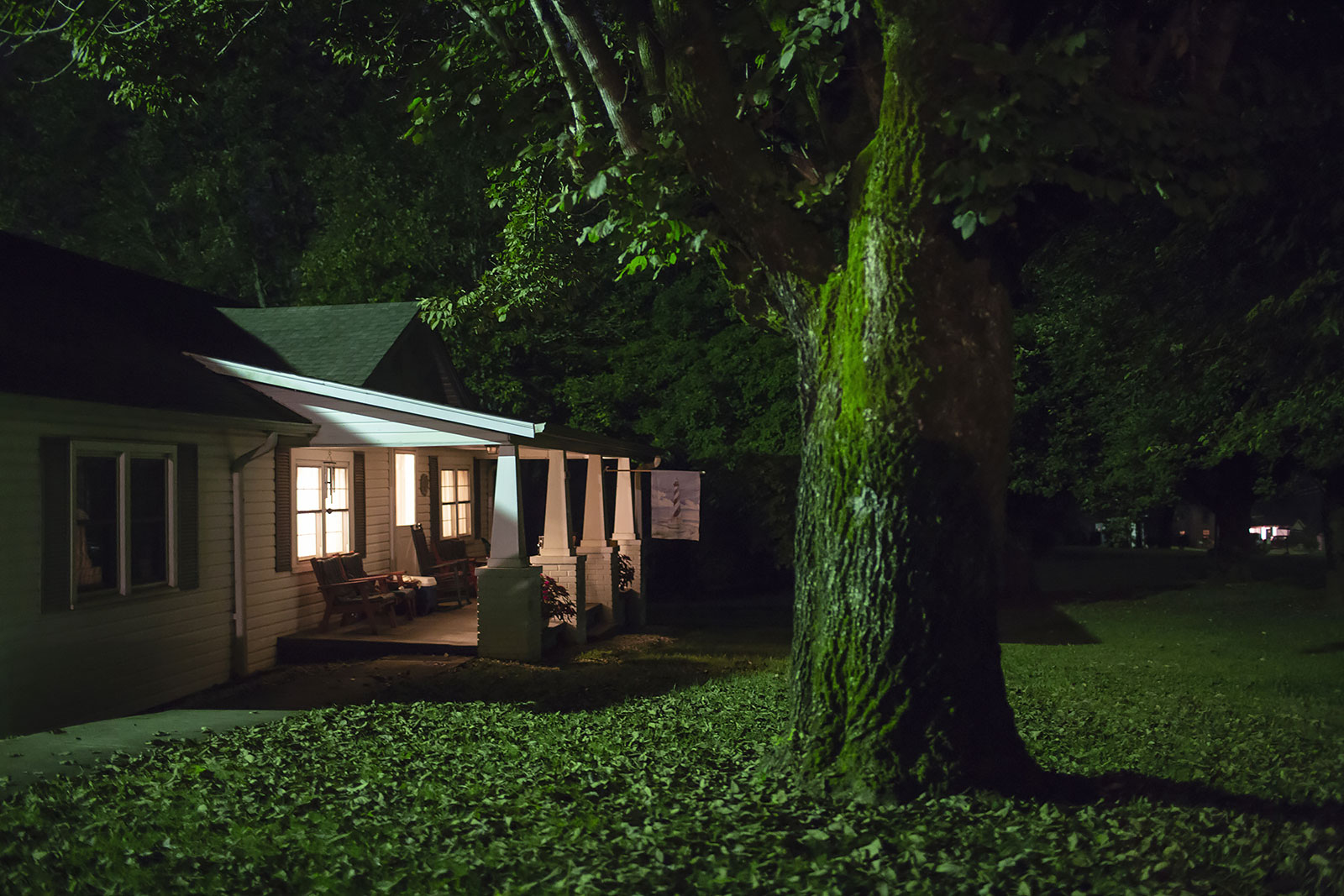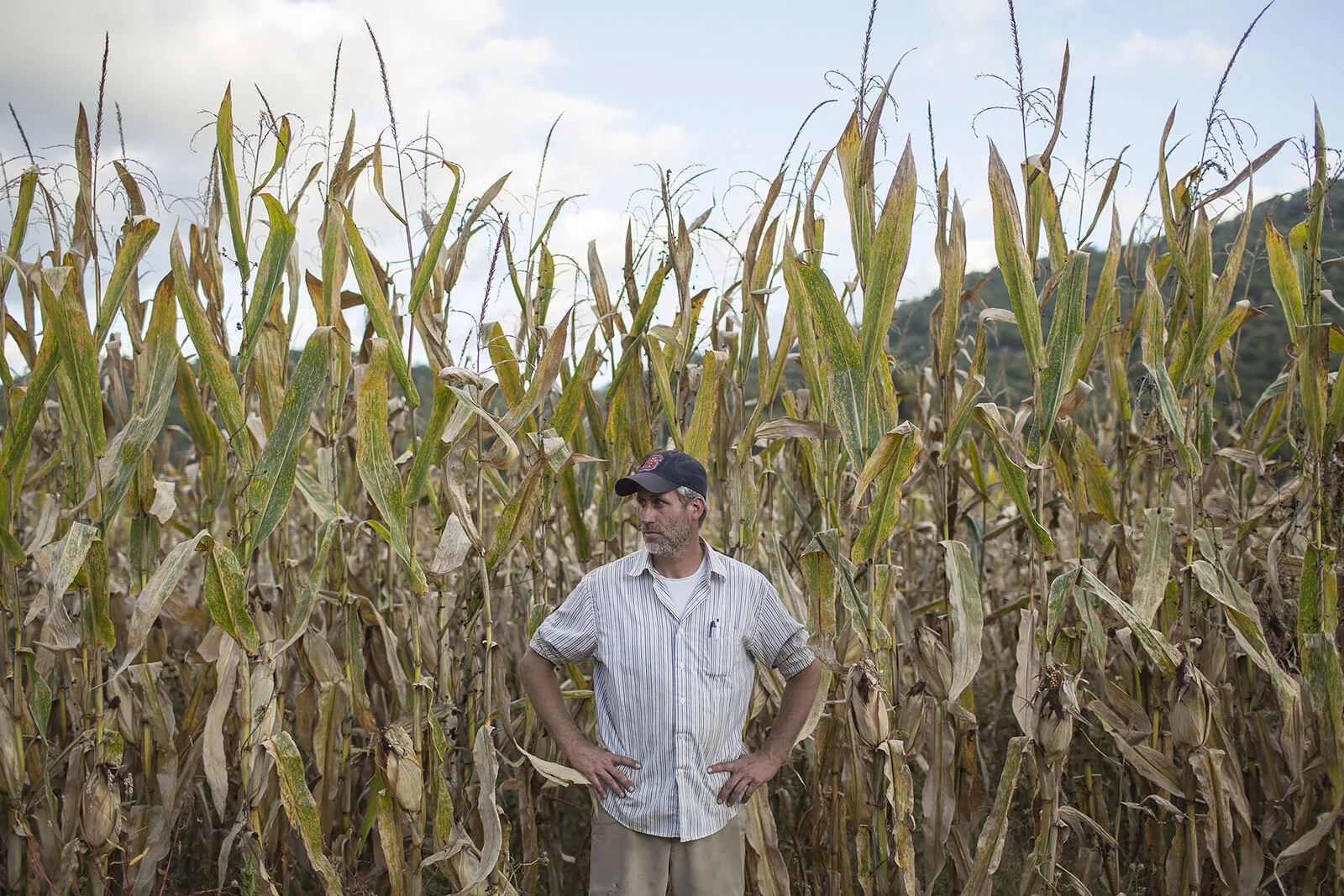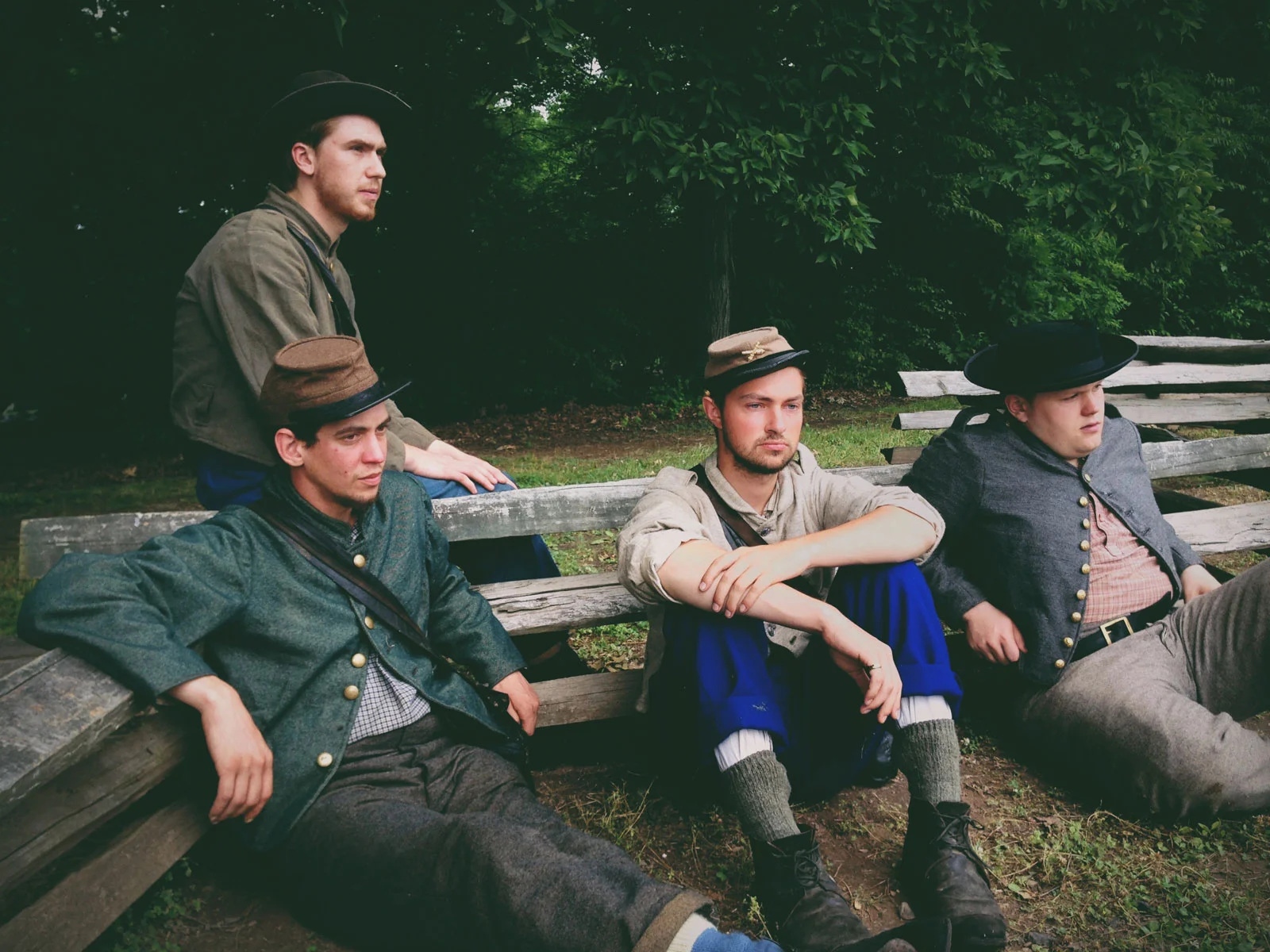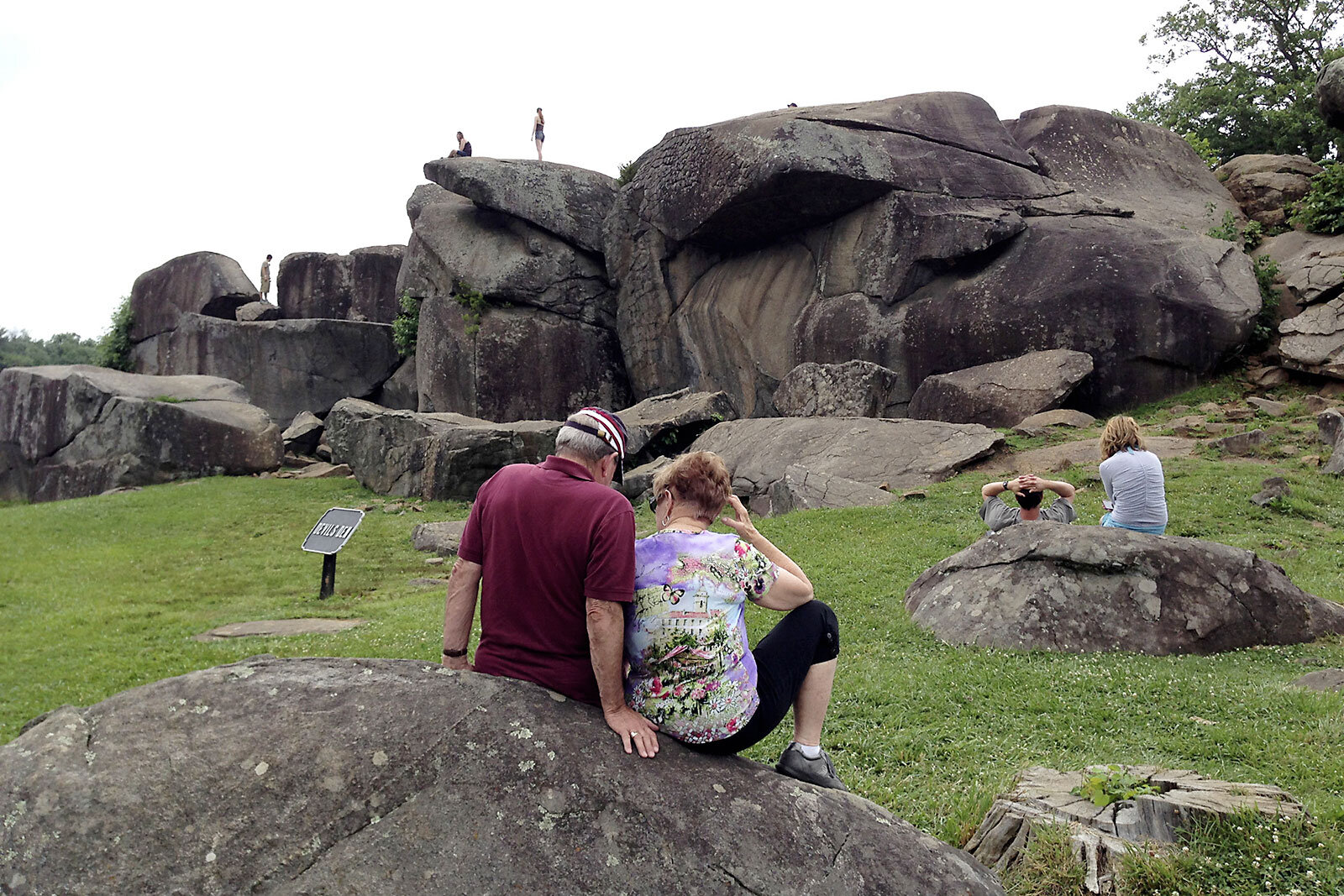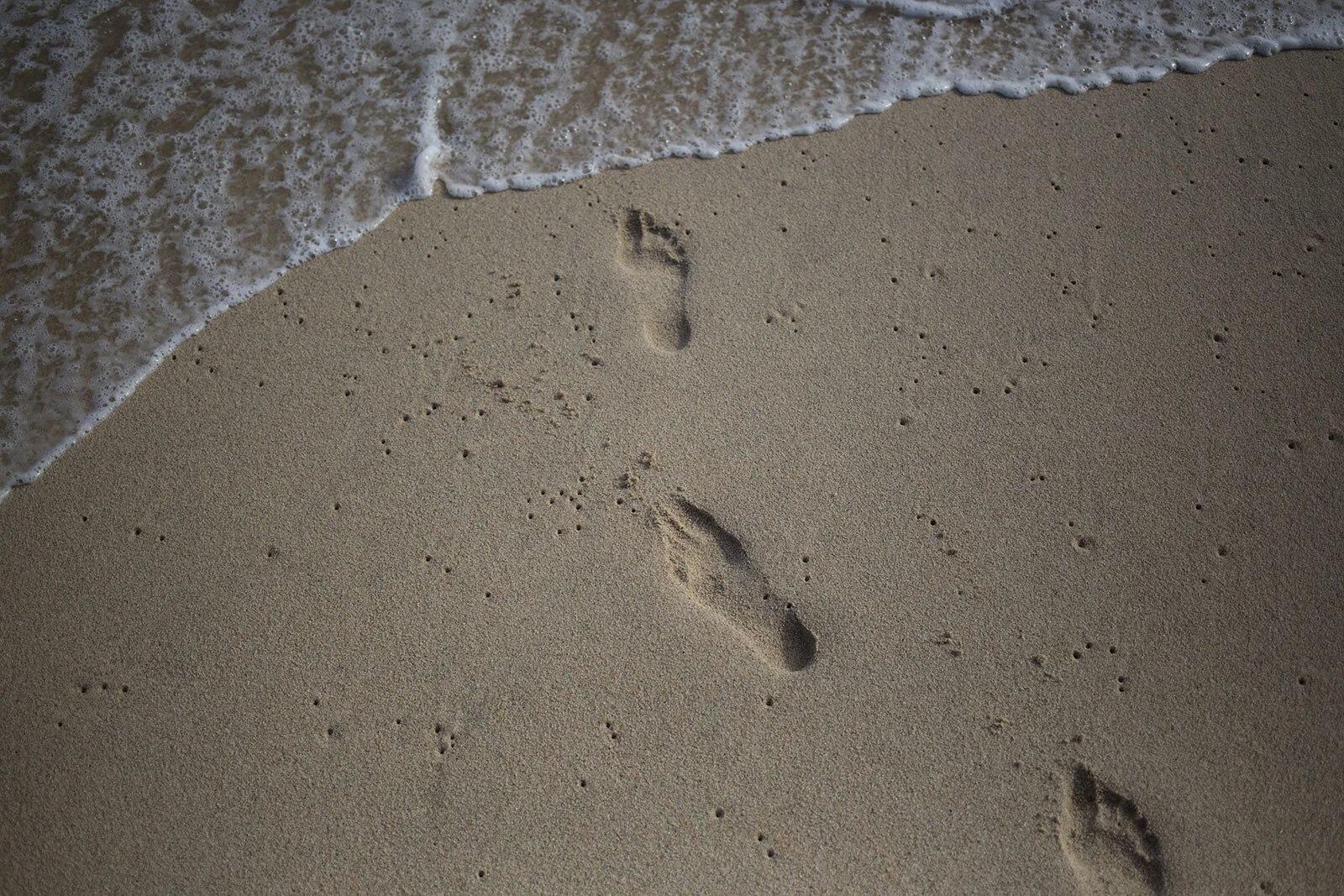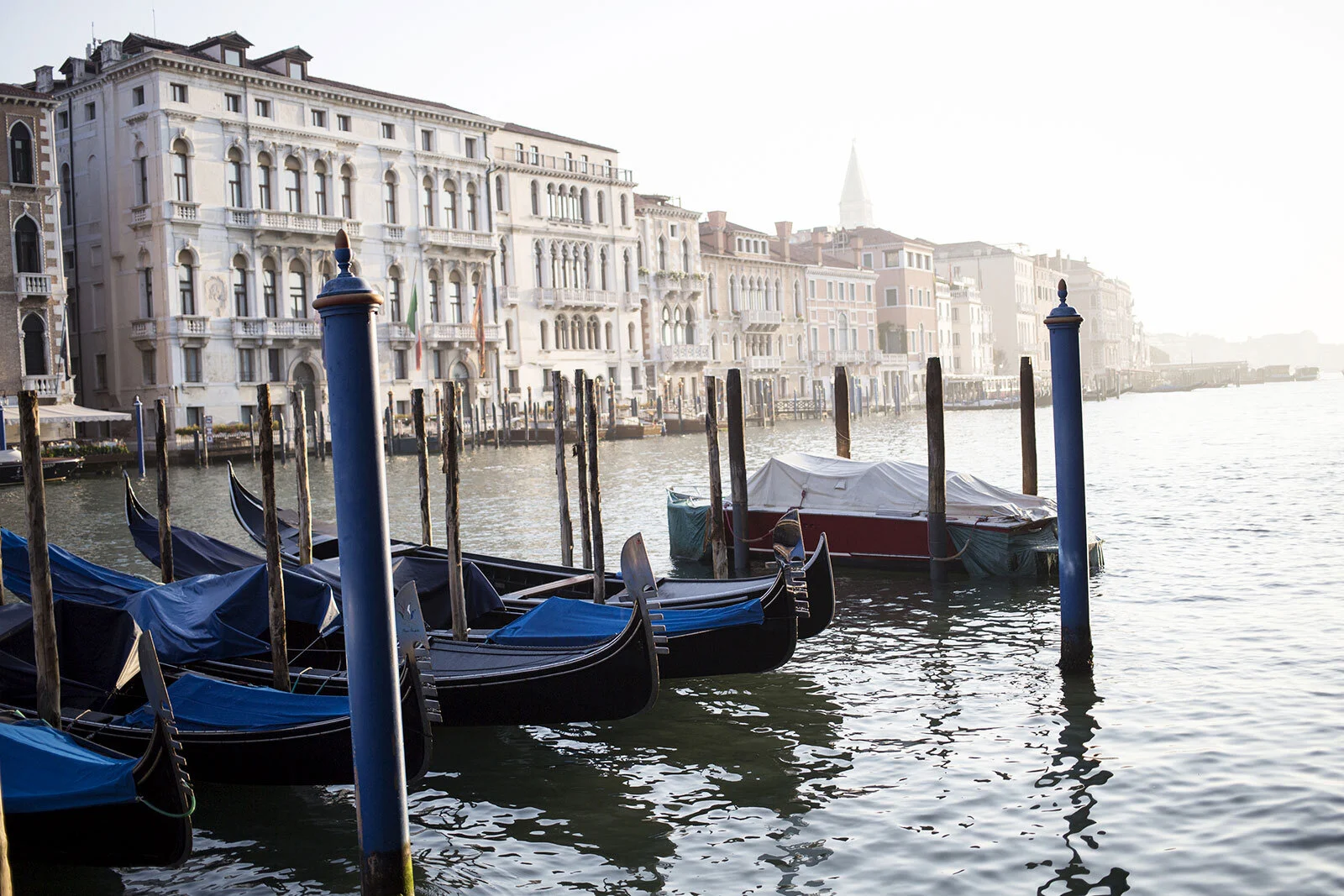CVCC Conference Call
Thursday morning, I had the unique honor of speaking with a socially distanced college classroom in Hickory, North Carolina, from my Denver home.
It’s rare to speak with photography students, so when Joe Young, Director of Photography at Catawba County Community College, emailed me to chat with his photography class, I jumped at the chance. Young emailed questions his students had regarding my career path from a staff photographer at North Carolina daily, the Hickory Daily Record, to my current career track focused on travel, lifestyle, and corporate events.
We made sure to document the occasion in real, socially distanced 2020 fashion.
What was your biggest career move to get you to where you’re today, and why did it make such a difference?
Many career moves and people helped along the way, of course, but moving to Denver was the real catalyst for opening other doors of opportunity. The first assignment was a month or so after moving west, which solidified relationships with the wires and The Denver Post while working on a freelance basis for years before shifting, pivoting if you will, to commercial and corporate work. The quickly learned lesson was that relationships are a huge part of a freelance career, obviously becoming more important as you advance. Build relationships, not just contacts.
In 2020 I launched Armes Visuals, a moment-driven visual media company, to emphasize storytelling that reflects corporate or lifestyle brand missions. I lean heavily on the experience picked up over two decades to run Armes Visuals effectively. Still, without the Rocky Mountain News's closure in 2009 and the sudden market saturation of freelance photographers on the horizon, I don't think I would have ever headed the direction of corporate work. The business model developed during a time of great confusion and consternation, and for that, I'm pretty thankful. Once my business brain kicked in, I understood this was the path to my longer-term goal of focusing on personal projects and work that I never had the chance to cover for publications.
How did your time as a photojournalist in western N.C. help prepare you for your current career?
The experience of working as a photojournalist in western N.C. forced me to work quickly but work creatively, accurately, and honestly. Even though the Hickory Daily Record wasn’t a large publication, it taught us to look for moments and story threads important to the community.
It’s always about people. You have to love people at a fundamental level, relate to them at a fundamental level. Working for a small newspaper builds a level of empathy for the world around you because you often see the folks in your community or around town that you've photographed. The world is small so remember to be kind.
What type of photography do you feel is more challenging, photojournalism, or your current travel and lifestyle?
The first challenge is discovering what type of photographer you want to be. The second challenge is creating a business around that body of work and the related services offered.
By dividing work into two distinctive brands or thinking visually, imagine lanes or silos, I can filter travel and lifestyle work, personal projects from the corporate body of work through two unique websites that serve different goals, nathanwarmes.com and armesvisuals.com. The strategy behind this was to reach out to folks who hire for specific types of work more effectively. From my experience, someone searching Google for a "Denver, Colorado event photographer" is not particularly looking for landscape photos from a civil war reenactment in Virginia. Creating a digital divide between my two central bodies of work has been incredibly clarifying.
It's a challenge to create a business out of nothing; photography is an idea, an unrealized tangible service until your work is delivered or viewed or utilized. In other words, finding clients is a challenge, so explaining yourself quickly and effectively is critical. Make it easy for potential clients to understand your work, make it easy for them to contact you, make it easy for them to book you, make it easy for them to recommend you to their colleagues.
Over the last few years, there is more comfort in exploring new storytelling paths, including more writing. Dividing up my work allows for more freedom to wear different hats, and as a business owner, I've found that the key to success. Corporate work supports my travel work and personal work; it allows me to be the photographer I want to be.
How difficult is concert photography?
I honestly haven't covered a Denver concert in a few years, and now, with the COVID-related closures, I'm worried about all the concert photographers who are struggling. I'm concerned about the venues those concert photographers practiced their craft. All of this is extremely alarming for the creative economy.
When life does return to a post-COVID timeline, access will still be the most challenging part. Finding blogs, newspapers, and other publications that feature live concert photography will be highly competitive.
What equipment do you use for concerts?
Two bodies, maybe one, 95% of the time, I carry two bodies into an assignment or campaign. Short lens, long lens, wide, tight, keep it simple. You’re in a tight spot, so you are forced to work with the light around you. You’re restricted unless you have VIP access or with a large enough publication with the clout, the orbit, to leverage for more access.
Photographers can be limited to three songs, so you have to work fast. Concert photography is always a highlight; one of my favorite events to cover. My love of music and the creativity that bands leave out on the stage is remarkable to witness. The crowd energy can recharge you. I was hooked after my first time photographing Widespread Panic while working for my college newspaper, the Lenior-Rhynean. To this day, I'm still pretty shocked they gave me passes, and they did it twice.
What is your favorite thing to take pictures of?
The enjoyment in taking pictures of anything interesting is my favorite photography aspect. Most compelling are portraits; it's the people and the spaces they occupy that sums up so much of the story. There is a ton of inspiring portrait work coming about these days; the future of photography is exciting.
While out hiking or driving around, landscapes have become a good outlet for me. I can’t stand still, so photography has always been an excuse to poke around, be nosey, and ask questions of not just yourself but your community and your surroundings.
What got you interested in photojournalism?
My early subscriptions to National Geographic and my family are big news consumers; current events are still critical. Working to understanding the world has always played an essential role in what I wanted to do for a living. It is not surprising that after a short focus on sports medicine then computer science, my focus found the natural groove in media production, communications.
Initially, the focus was on conflict photography, covering wars like James Nachtwey, like the greats at the Washington Post, NY Times. I think that all changed after going back to school to focus on the process of news gathering, and covering combat seemed the most ludicrous and unauthentic way to fulfill my new goals, which had nothing to do with war, at least in the 21st century.
Where is your favorite place you have traveled to for pictures?
Tough call, but I’ve been working on this project, Like An Echo, regarding western North Carolina, and I’m missing that part of the country right now, so Macon County, NC, is my favorite place to photograph. The work explores the construct of "home,” which has always been challenging to elaborate on. I ask, "What makes a home and who says? Can a geography be a part of your history though one doesn’t exist there?"
It’s therapeutic and provides a chance to explore a region of the country that is so very important to me. It’s beautiful; I find great peace there and miss it greatly.


